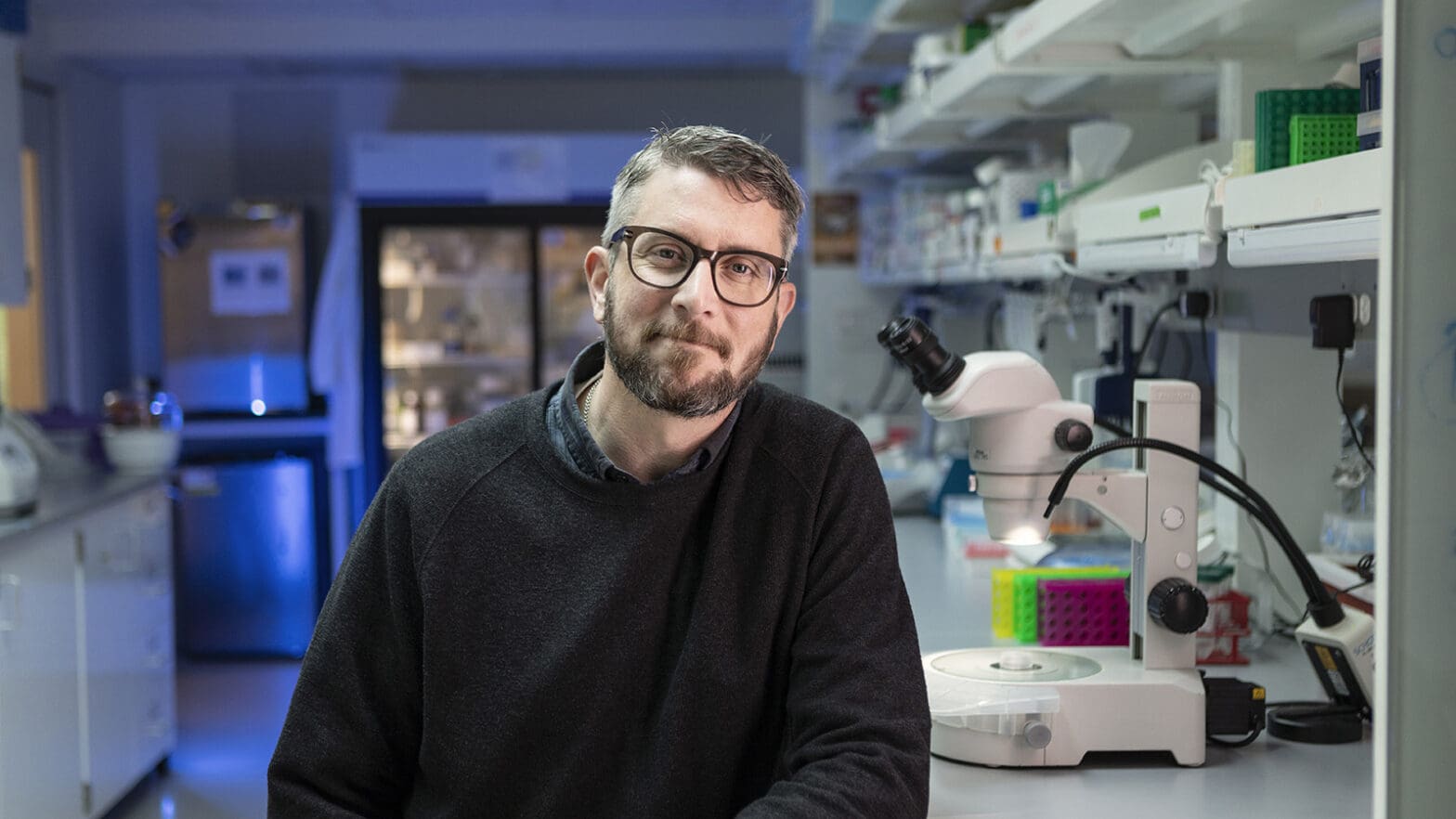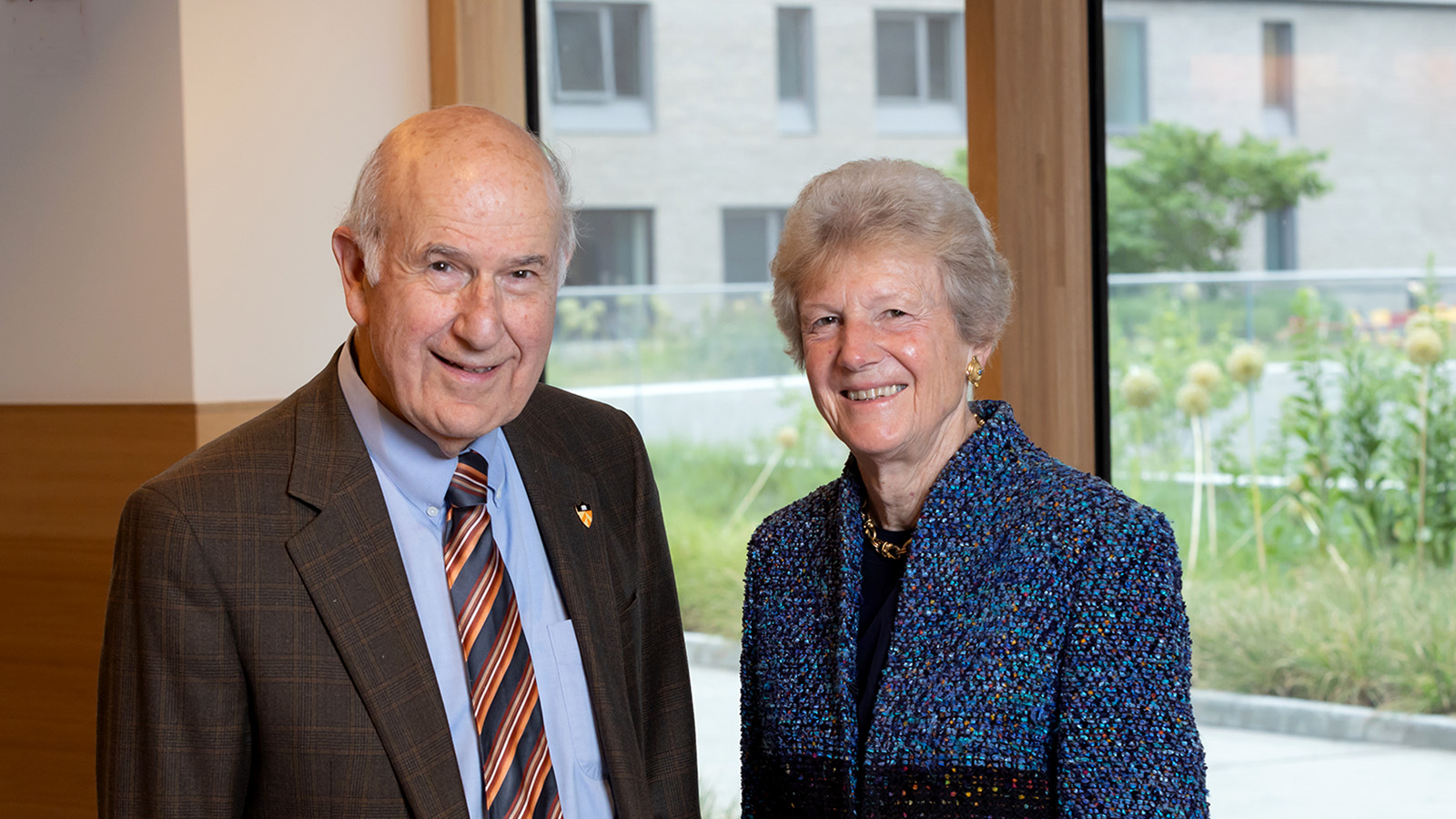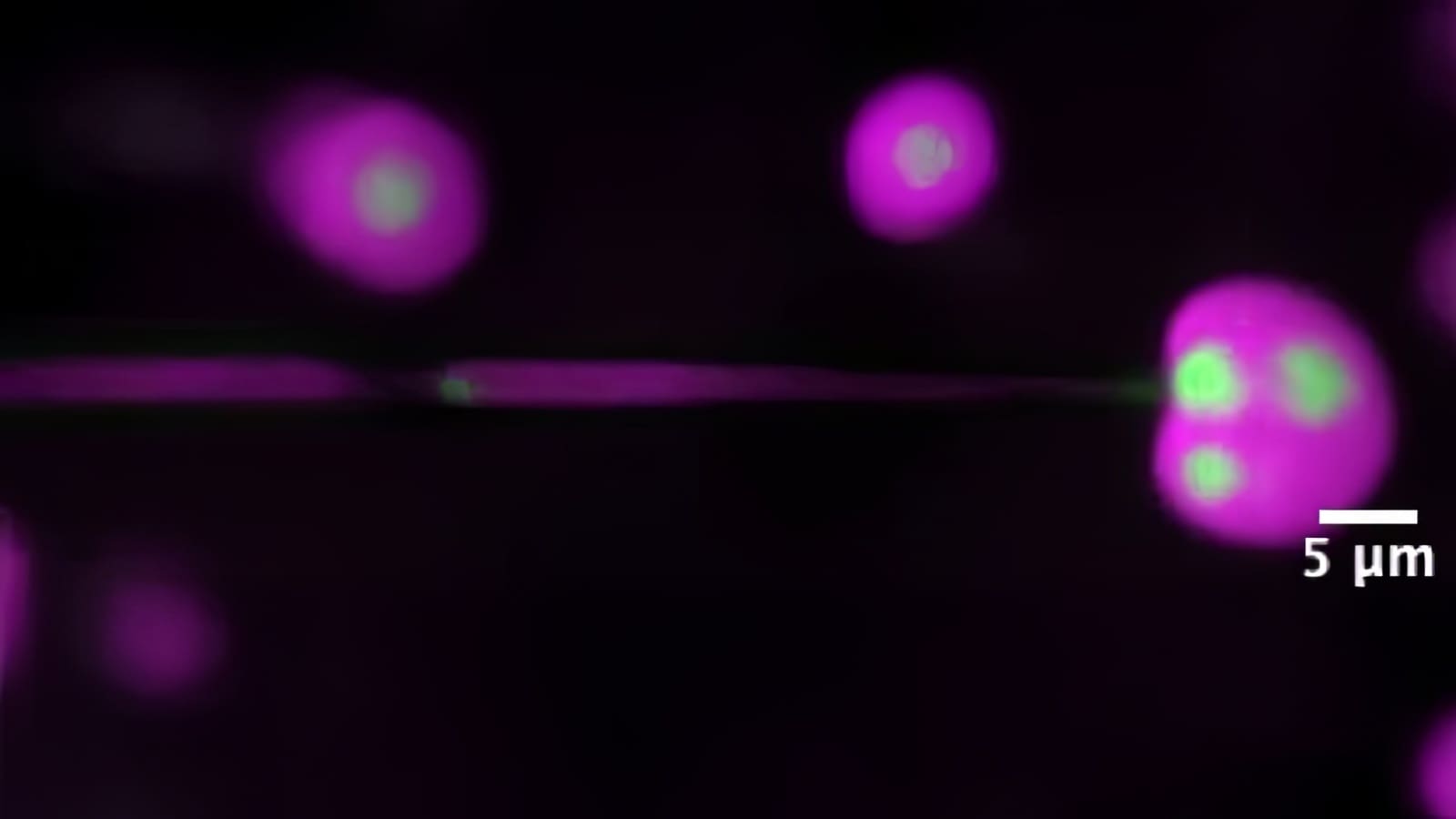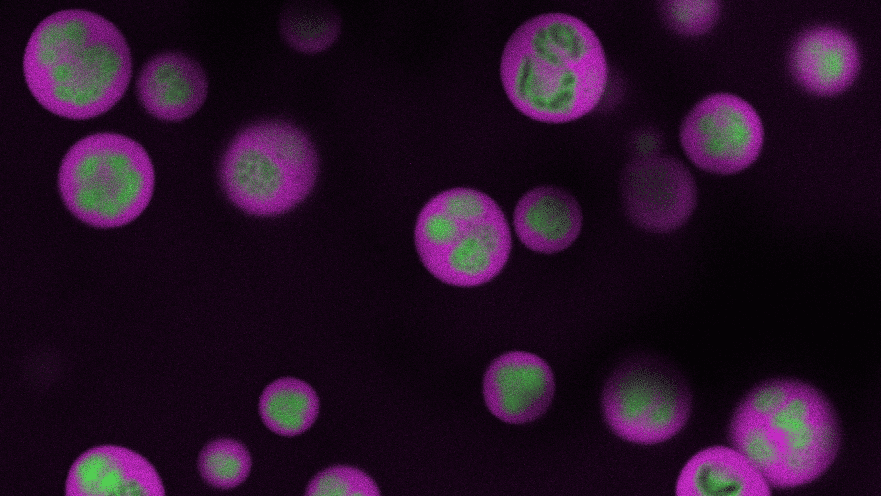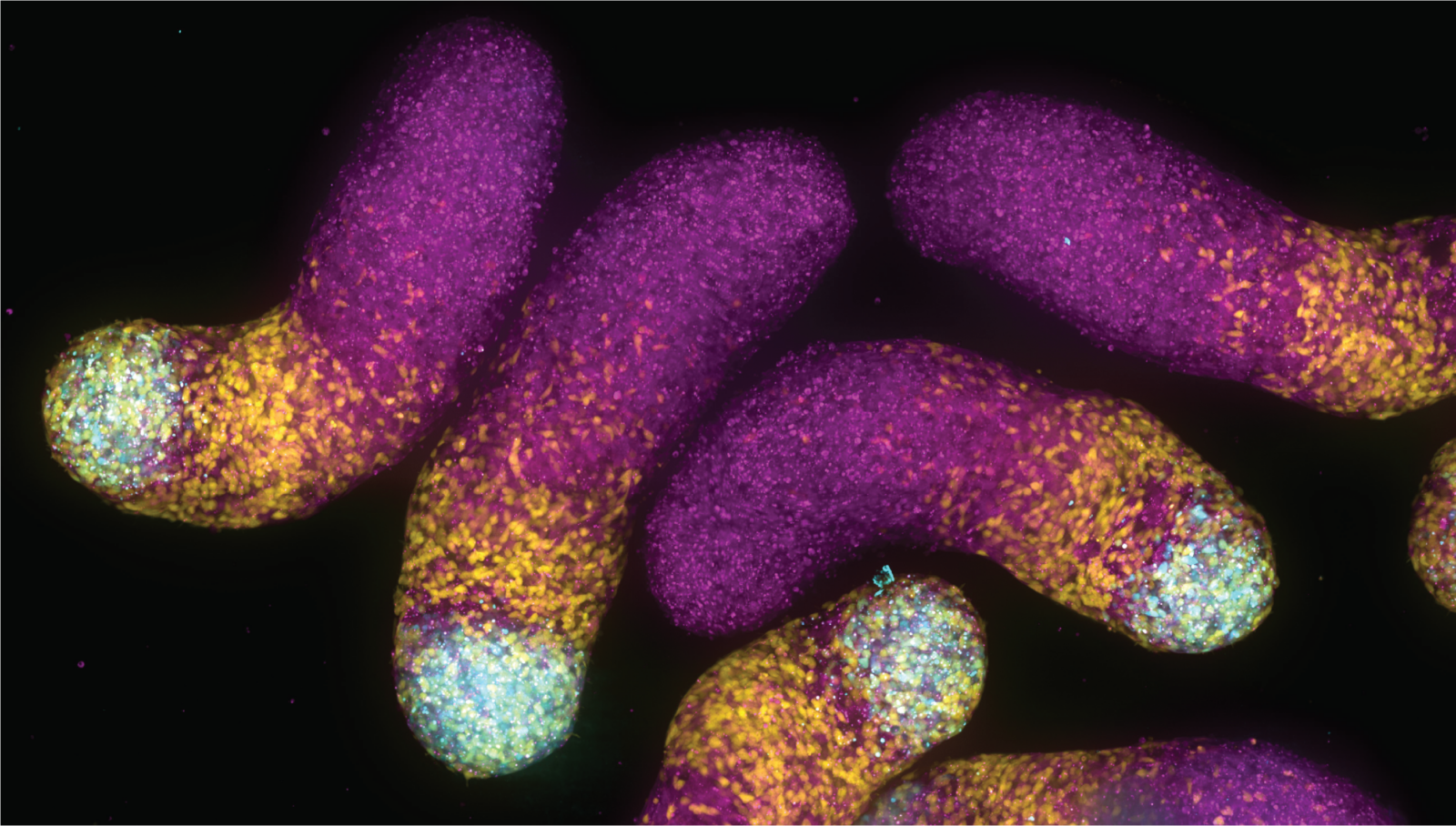Clifford Brangwynne, the June K. Wu ’92 Professor of Chemical and Biological Engineering, has played a starring role in that revolution.
Starting with a 2009 paper, his research began fusing molecular biology and materials science, leading to foundational insights about the physics of tiny cellular compartments known as organelles and suggesting new ways to treat diseases such as cancer, ALS, and Alzheimer’s.
Before that breakthrough, scientists viewed organelles like soap bubbles, with a distinct membrane separating inside from out. Brangwynne and his then-adviser Anthony Hyman showed that many structures within cells are more like raindrops, where bio-molecules condense from their surroundings and band together — no membranes, no skins.
At first, the finding made only a quiet impression on the scientific world. When Brangwynne joined the Princeton chemical and biological engineering faculty in 2011, the paper had garnered fewer than 10 citations. But he and his colleagues have since produced a steady flow of research that extends the original finding and demonstrates far-reaching implications for cell biology, bioengineering, and biomedicine. A community of scientists took note and began to contribute to the growing field. Today, a search for “biomolecular condensates” or “membraneless organelles,” as these compartments are called, returns more than 40,000 research results in Google Scholar.
Early follow-up work linked this phenomenon to neurodegenerative diseases. More recently, it was linked to gene expression and gene regulation, perhaps the most fundamental mechanisms of life. Brangwynne, now director of the Omenn-Darling Bioengineering Institute, has pointed to these milestones as critical in the development of the field, inflection points that led to its expansion across a wide range of disciplines and application areas including protein aggregation, the immune responseto viruses, cell growth, cancer, and a host of other processes.
Today, Brangwynne focuses his energy not only on his group’s research program but on cultivating and training the talented researchers who will continue advancing the field and its possibilities. Recently, early-career scientists who have trained in his lab have gone on to fill top academic positions and win some of the most competitive fellowships in the life sciences.
“It’s all about the trainees,” he said. “That’s what I’m most proud of.”
